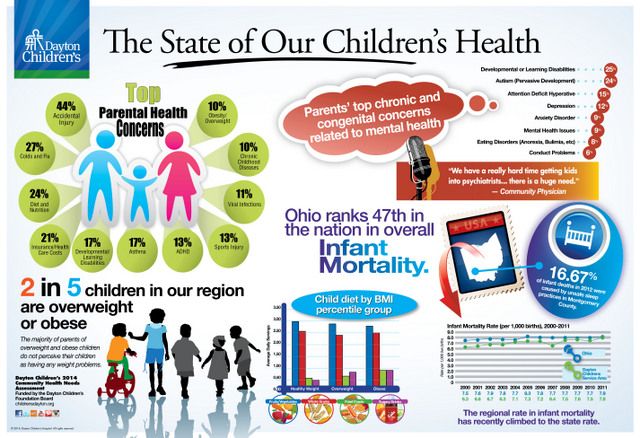Cardiovascular diseases, also known as heart diseases, refer to a class of disorders that affect the heart and blood vessels. These diseases can lead to serious health complications and are a leading cause of death worldwide.
Types of Cardiovascular Diseases
There are several types of cardiovascular diseases, including: Coronary Artery Disease: This occurs when the blood vessels that supply oxygen-rich blood to the heart become narrow or blocked. Heart Failure: This is a condition where the heart cannot pump enough blood to meet the body’s needs. Arrhythmia: This refers to irregular heart rhythms, such as a fast, slow, or irregular heartbeat. Heart Valve Disease: This occurs when one or more valves in the heart do not work properly, leading to blood flow problems. Stroke: A stroke happens when the blood supply to a part of the brain is interrupted, leading to brain damage.
Causes and Risk Factors
There are several factors that contribute to the development of cardiovascular diseases: Smoking: Tobacco use, including smoking, greatly increases the risk of heart diseases. High Blood Pressure: Elevated blood pressure puts extra strain on the heart and blood vessels. High Cholesterol: Excess cholesterol in the blood can lead to the formation of plaques in the arteries, restricting blood flow. Diabetes: Uncontrolled diabetes can damage blood vessels and increase the risk of heart diseases. Obesity: Being overweight or obese increases the risk of developing heart diseases.
Symptoms and Diagnosis
The symptoms of cardiovascular diseases can vary depending on the specific condition, but some common signs include: Chest pain or discomfort Shortness of breath Rapid or irregular heartbeat Dizziness or lightheadedness Swelling in the legs, ankles, or abdomen Diagnosis of cardiovascular diseases typically involves a combination of medical history, physical examination, and diagnostic tests such as electrocardiogram (ECG), stress tests, echocardiogram, and angiography.
Treatment and Prevention
The treatment of cardiovascular diseases depends on the specific condition and its severity. It may include: Medications to manage symptoms and control risk factors Lifestyle changes, such as adopting a healthy diet and engaging in regular physical activity Surgical procedures, such as coronary artery bypass grafting (CABG) or valve replacement Cardiac rehabilitation programs to aid recovery and improve heart health Prevention of cardiovascular diseases involves reducing risk factors through lifestyle modifications: Avoid smoking or using tobacco products Maintain a healthy weight and engage in regular exercise Follow a balanced diet, low in saturated fats and cholesterol Manage stress levels Control blood pressure and cholesterol levels through regular check-ups
Conclusion
Cardiovascular diseases are a significant health concern worldwide. Understanding the types, causes, symptoms, and treatments of these diseases is crucial for prevention and effective management. By adopting a healthy lifestyle and managing risk factors, individuals can reduce their chances of developing cardiovascular diseases and enhance their overall cardiovascular health.


